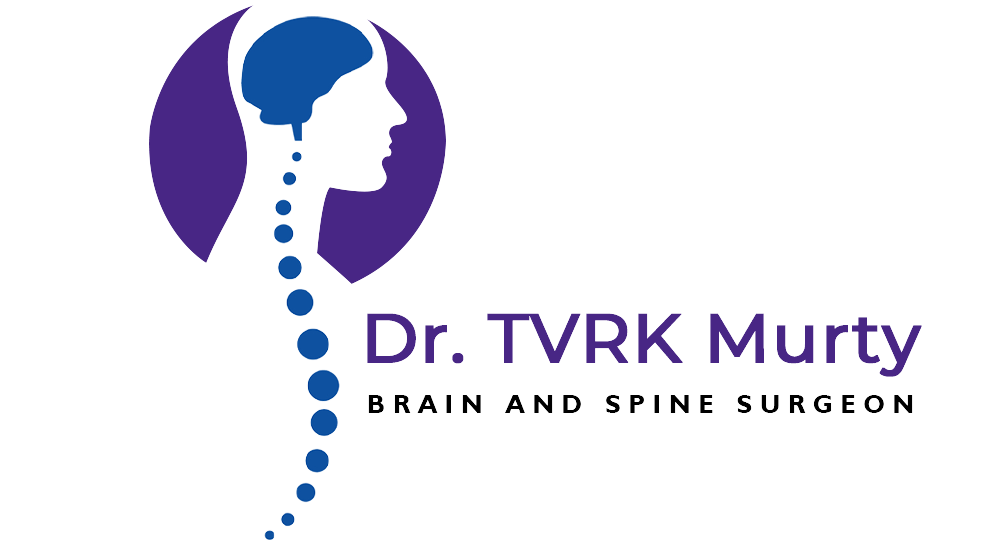Vascular Malformations of the Brain
a group of conditions that occur when blood vessels in the brain develop abnormally.
What is Vascular Malformations of the Brain?
A brain arteriovenous malformation (AVM) is a tangle of blood vessels that creates irregular connections between arteries and veins in the brain.
Arteries take oxygen-rich blood from the heart to the brain. Veins carry oxygen-depleted blood back to the lungs and heart. A brain AVM disrupts this vital process.
Symptoms
A brain arteriovenous malformation (AVM) may not cause any symptoms until the AVM bursts and bleeds, known as a hemorrhage. In about half of all brain AVMs, a hemorrhage is the first sign of the malformation.
But some people with brain AVMs may experience symptoms other than bleeding, such as:
- Seizures.
- Headaches or pain in one area of the head.
- Muscle weakness or numbness in one part of the body.
What is Aneurysms?
An aneurysm occurs when part of an artery wall weakens, allowing it to abnormally balloon out or widen.
The causes of aneurysms are sometimes unknown. Some people are born with them. They can also be hereditary. Aortic disease or an injury may also cause an aneurysm.
A family history of aneurysm may increase your risk for developing an aneurysm. Other risk factors include high blood pressure, high cholesterol and tobacco use.
Symptoms
If an aneurysm expands quickly or ruptures, symptoms can vary based on the location and may develop suddenly. Depending on the site of the aneurysm, symptoms can include:
- Headache
- Pain in the abdomen or back
- Pulsating abdominal mass
- Blue coloration (cyanosis) of lower extremities
- Dizziness
- Vision changes
- Confusion
- Fatigue
- Hoarseness
- Difficulty swallowing
- High-pitched breathing sound
- Swelling in the neck
- Chest or upper back pain
- Nausea and vomiting
- Sense of impending doom
- Shock (low blood pressure, rapid heart rate, clammy skin, decreased awareness)
AVMs
Arteriovenous Malformations (AVMs) are abnormal tangles or connections between arteries and veins, bypassing the capillary system, which is normally responsible for nutrient and oxygen exchange in tissues. This creates a direct, high-pressure connection between the arteries and veins, disrupting normal blood flow. AVMs can occur in any part of the body but are most commonly found in the brain or spinal cord.
Symptoms
- Headaches
- Seizures
- Neurological Deficits
- Bleeding (Hemorrhage)
- Tinnitus
- Stroke-like Symptoms
Cavernomas
A cavernoma (also known as a cavernous malformation) is a type of abnormal blood vessel cluster, typically found in the brain or spinal cord, that has a distinctive appearance. The blood vessels in a cavernoma are larger, irregularly shaped, and are arranged like a “cavern,” often filled with blood. These abnormal blood vessels can cause various neurological symptoms depending on their location and whether they rupture.
Symptoms
Here are the symptoms of cavernomas:
- Seizures
- Headaches
- Weakness or Paralysis
- Speech Difficulties
- Vision Problems
- Coordination Problems (Ataxia)
- Numbness or Sensory Changes
- Sudden Neurological Deterioration (from hemorrhage)
- Chronic Symptoms (memory problems, cognitive changes)
Looking for an appointment?
Reach us to get a second opinion on your neuro and spine surgeon treatment.
Spine
Brain
Important Links
Location
Renova Century Hospital, Road No 12, Bhola Nagar, Banjara Hills, Hyderabad.
Reach us
+91 87122 21731
Follow us
© 2024 Dr.TRVRK Murty. All Rights Reserved.
Designed & Marketing by Markay Technologies
